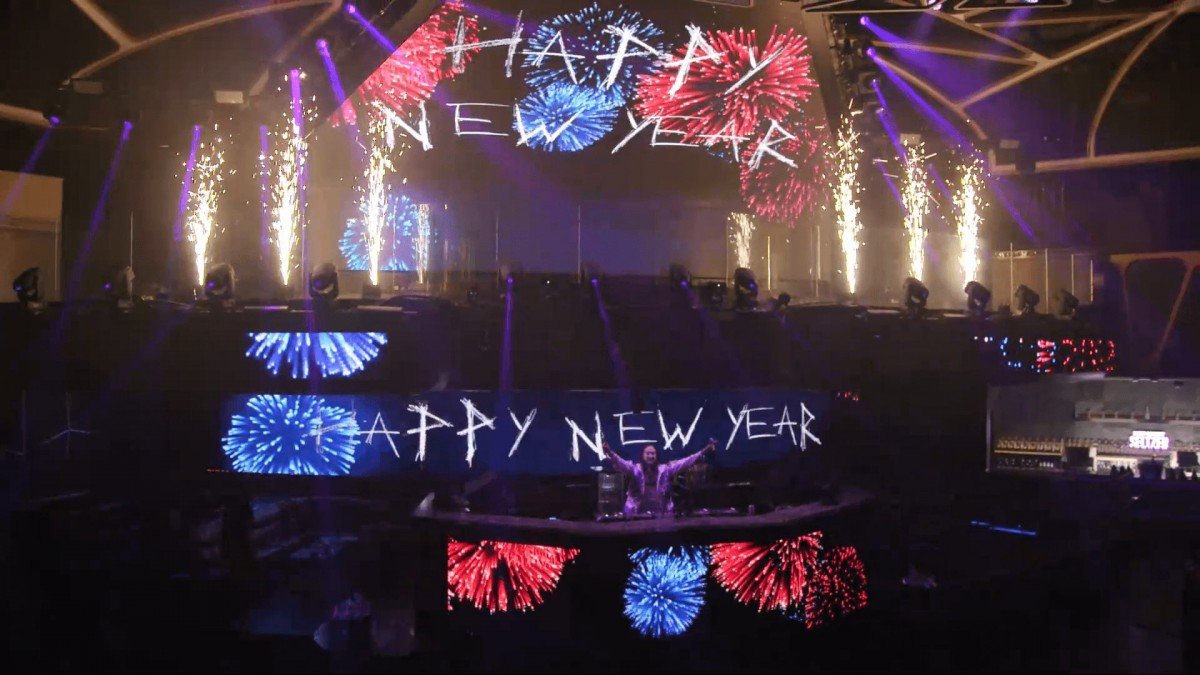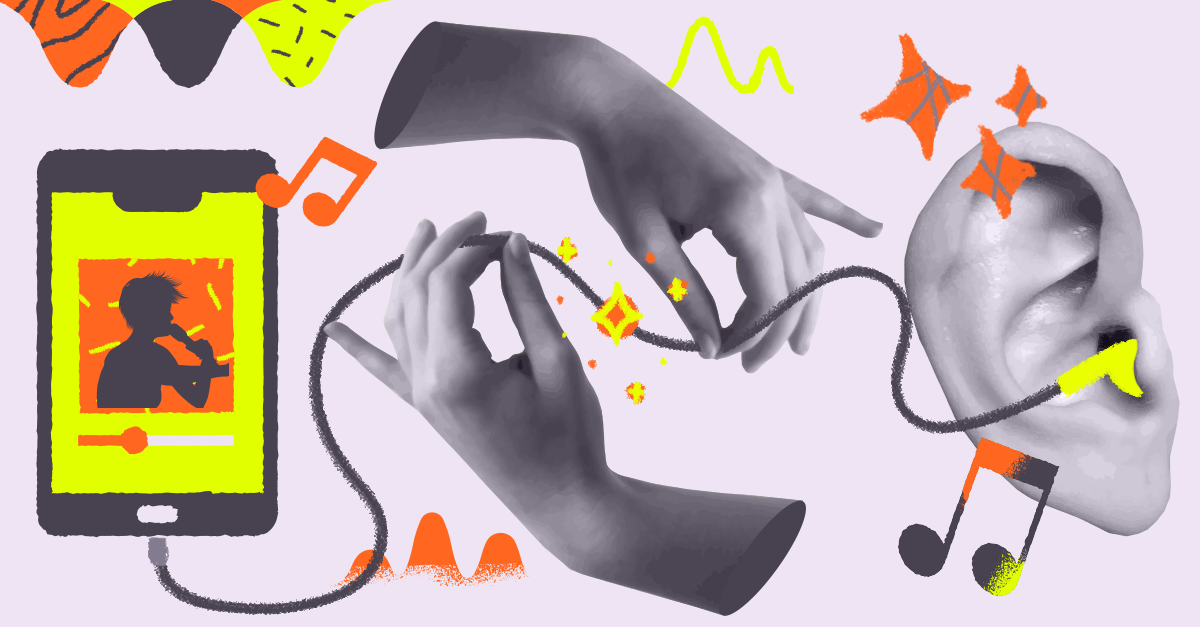
THE NEW RULES OF ATTENTION MARKETING
Jamie Harju Hallquist | 11.9.21
In a world of screens, there are two attention-related universal truths: “Live” continues to be an attention grabber. There’s a reason why media companies gobble up sports licenses, live shopping events are taking off, and Meta continues to evolve Facebook Live and Instagram Live.
The other truth is that digital changed the landscape forever and facilitated a whole new level of shared experiences. With cord-cutting at an all-time high, the live digital experience is a premium one. Media companies and brands will increasingly use it as a way to entertain audiences and build relationships.
At the same time, the difficulty of acquiring consumer attention has risen exponentially. Think of the splintered media landscape alone, with users flocking to new platforms every so often, leaving a wave of engagement across networks. Eventually, consumers settle into patterns that are disrupted every few years again.
So, what does it take to capture an audience’s attention these days? You can’t just go live and expect people to show. And, if you’re lucky enough they do show, you can’t expect them to stick around or come back for more. Here are three rules we’ve distilled about attention marketing from our work creating 5,000+ live digital experiences for brands over the past six years.
Build things sticky
In general, the “stickier” your experiences are, the more attention you’ll capture. Stickiness – just like the glue it references – is the element that attracts consumers and keeps them around.
Talent can obviously make programs sticky. We’ve worked with everyone from SZA to Jhay Cortez to Chef Diva Q and Wine Aficionado Belinda Chang on behalf of brands. Layering in interactive moments that move the experience from a passive to an active one can also accomplish stickiness. This can include things like talent Q&As, opportunities to unlock offers the longer you stay, incentives for sharing content, exclusive products or downloads for attendees, or giving fans the spotlight.
Sticky can also start before the event and continue after. A sweepstakes draws people in and encourages sharing; “best of” event snippets sent to all attendees afterward extends the lifespan.
The playbook is long. I like to start by answering this question: What will offer our target audience deeper intrinsic value? And then build out the strategy from there.
Imagine you are a fashion brand. Through customer research, you know your target audience considers themselves trendsetters, spend a good amount of time on YouTube, and also want to attach themselves to purposeful brands. Your brand-owned, live digital experience could feature:
- An exclusive drop only for those who attend live (this helps drive attendance, too)
- Two style influencers showing off ways to wear your new line, with the ability to shop directly from the video
- An AR component that facilitates virtual try ons
- A Fan Style Break featuring photos viewers submit of themselves wearing your brand
- Brand-owned NFTs to extend loyalty and unlock exclusive offers
- And $5 of every $100 spent can go to a women’s charity
You can see how your target audience would be sticking around.
Once you’ve hooked them with the good content, make it episodic. If they love your storytelling, they’re more likely to love your brand, too.
The way you buy media matters
Yes, you should buy media promoting your live digital experiences. But, with thousands of livestreams a day and a fragmented landscape, it’s pretty clear we have to throw some rules out the window. Unlike a traditional digital campaign, where you might have days or weeks to learn and optimize, live media requires a great deal of speed and proactive optimization to deliver tune-ins and hold attention.
Because of the finite timing around live, rapid data and platform analysis spots – and acts on – on what is capturing attention, and where. It’s not dissimilar to marketing a TV show to deliver viewership. The difference is that live requires an in-the-moment understanding of the digital live media landscape. Without this real-time approach, you run the risk of not delivering an audience when it matters most – while you’re live.
Traditional metrics help you track what’s working but don’t tell the whole story.
The industry is fairly aligned on what metrics help track attention – number of views, time spent viewing, audience growth over the broadcast, direct sales, new fans/followers, total likes/shares/comments, and return customers, to name a few.
What we’re lacking is one way to tell a comprehensive brand attention story and tie it to marketing efforts. We’re going to change this. First Tube Media will soon be releasing a proprietary attention metric methodology, a new industry tool that will measure how much share of mind a live digital experience gets. Stay tuned for that release.
The healthiest brands thrive on some of the basic metrics above, but one-hit wonders did, too. What marketers want is a lasting relationship with customers – a “lift,” as mentioned in this Harvard Business Review article. We want to build relationships, not just convey novelty. Attention is the difference between winning hearts, minds, and wallets, and being a flash in the pan.



